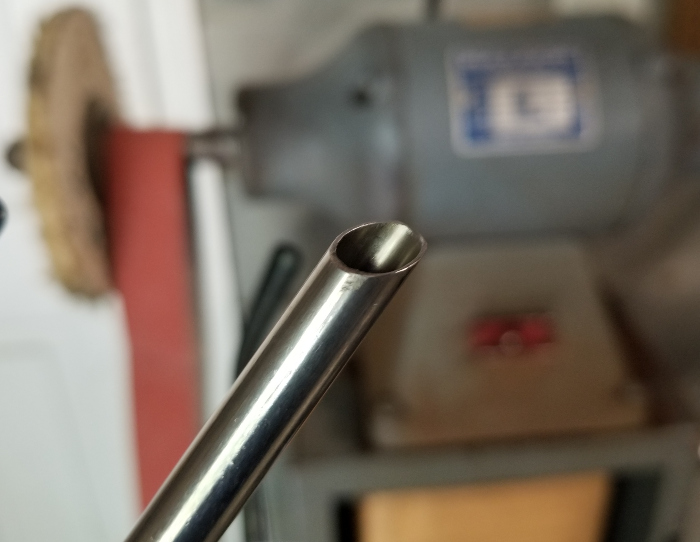I’m about to try that. Do you put the flotit in before fermentation or insert it after fermentation is done? I was just wondering if fermentation might clog it.
Before. I have both the Flotit and the Torpedo Buoy dip tubes on my kegs that I use as fermenters. I pour the wert through the main opening, pitch and ferment in my kegs/fermenters. Then the filter will keep all the trub from getting into the poppit valves on it's way to your serving kegs.
It's a one way setup so DON'T expect the filters to work by filtering incoming beer. It will clog the filter and the floating dip tube if you do that. If you have the filters on your fermenters, then you really don't need them on your serving kegs. Just to be safe too, I went back to dry hopping in hop bags to keep the outgoing beer as clean as I can to my serving kegs to avoid clogging the posts.
Last edited:









![Craft A Brew - Safale S-04 Dry Yeast - Fermentis - English Ale Dry Yeast - For English and American Ales and Hard Apple Ciders - Ingredients for Home Brewing - Beer Making Supplies - [1 Pack]](https://m.media-amazon.com/images/I/41fVGNh6JfL._SL500_.jpg)

















































